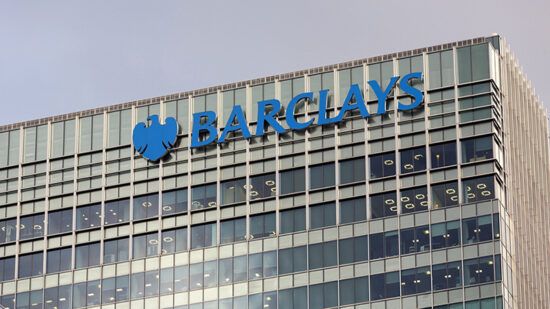Bloomberg has launched a screening tool designed to help investors assess portfolios, funds and indices based on customisable sustainability criteria and thresholds.
Available via the Bloomberg Terminal, the tool allows users to calibrate their search criteria for three categories: sustainability targets, exclusion or ‘no harm’ criteria, and good governance requirements. It then calculates a percentage figure that reveals how much of the portfolio, fund or index is aligned with the user’s criteria, and provides a detailed list view of all holdings to detect outliers.
In addition, Bloomberg said investors can also use it to check – based on their own definitions – if funds align with regulatory obligations, including the EU’s MiFID II suitability rules and Sustainable Finance Disclosure Regulation (SFDR), the United Arab Emirates’ new sustainable finance framework, the UK FCA’s forthcoming sustainability disclosure requirements, and future SEC guidance on ESG disclosures and fund labelling.
The tool could also help investors assess whether a fund meets classification under the SFDR framework, and the percentage of sustainable investment reported by the fund itself.
Announcing the launch, Patricia Torres, global head of sustainable finance solutions at Bloomberg, said: “Sustainability objectives vary from investor to investor, and from product to product. It can be difficult to fully understand whether a portfolio, fund or index meets your own definition of a sustainable investment.
“This new Bloomberg tool provides clarity and empowers the user to customize sustainable investment criteria to determine if portfolios, funds, or indices meet their requirements with confidence. Based on Bloomberg’s extensive range of company ESG data, proprietary metrics and scores, the tool enables investors to assess investments in a comparable and scalable way.”
Speaking to PA Future about the differences this tool brings to the market compared to other screening tools, Torres added that, while they cannot comment on competing offerings, Bloomberg feels their solution stands out because results can be delivered using 100 separate criteria, for which precise numerical thresholds can be set. Furthermore, the tool can provide a full list view of all of the holdings in the product, showing for which criteria and why there are outliers who don’t adhere to the user-defined criteria.
“The tool is exceptionally customisable and provides remarkable transparency. Given the discrepancies in approaches to ESG reporting and evaluation of sustainable investments among funds, investors need tools like these to understand which products truly meet their sustainability preferences,” continued Torres.
Asked whether there are plans to adapt the tool to address future regulations and reflect the latest investment trends, Torres said: “We intend to maintain this tool by adding new criteria as and when needed, to continue to make it easier and faster for investors to develop and execute their sustainable investment strategies.”








